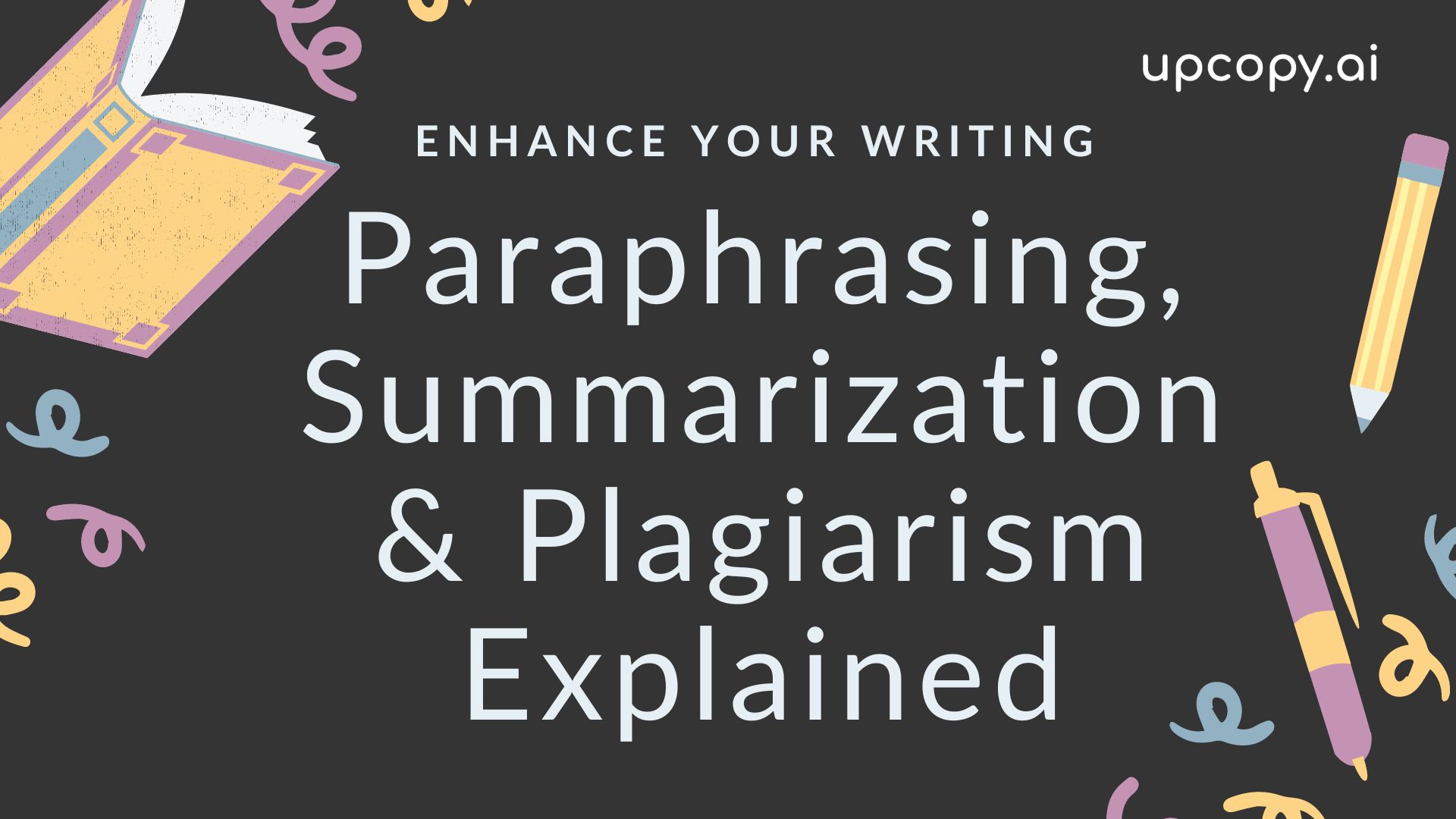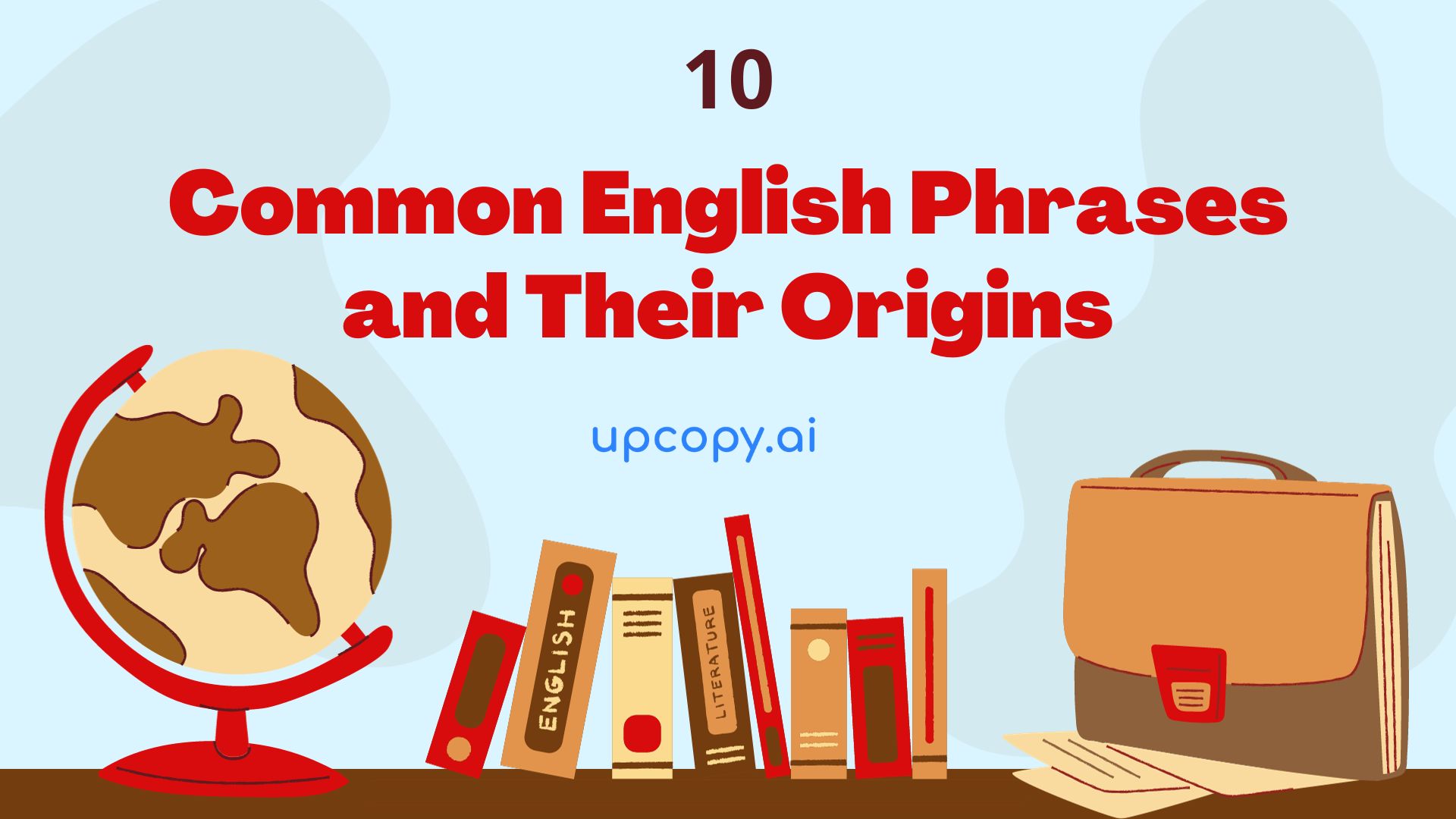In the workplace, emails are one of the most common forms of communication. Whether reaching out to clients, collaborating with colleagues, or communicating with supervisors, a polished and professional email can make a great impression. Here are essential tips to craft clear, respectful, and effective emails. 1. Start with...
Confidence in spoken English isn’t just about grammar; it’s about using confident English phrases that express certainty and clarity. Whether you’re speaking at work, in social settings, or even online, these phrases will help you sound more self-assured. 1. “I’m certain that…” Why Use It?This phrase conveys confidence and...
Learning English as a non-native speaker is a challenging journey, often fraught with numerous obstacles. One of the biggest challenges is mastering English grammar, which can be tricky even for native speakers. For non-native speakers, these challenges can be even more pronounced due to differences in grammatical structures, sentence...
Power words are influential and persuasive terms used to grab attention, evoke emotions, and prompt readers to take action. Whether you’re writing headlines, crafting calls to action (CTAs), or creating marketing copy, power words can significantly enhance the impact of your content. In this blog, we’ll explore 20 powerful...
In the realms of academia and professional writing, mastering different writing techniques is crucial for conveying ideas effectively and ethically. Among the most important of these techniques are paraphrasing, summarization, and the avoidance of plagiarism. Each serves a unique purpose and requires a distinct approach. Understanding these techniques not...
Email is a vital tool in the professional world, serving as the bridge for communication between colleagues, clients, and partners. The art of writing an email is not just about relaying a message; it’s about doing so clearly, effectively, and professionally. If you’re looking to refine your email etiquette,...
Learning English as a non-native speaker can be both exciting and challenging. The path to mastering the language is filled with nuances and grammatical rules that might seem daunting at first. However, with the right approach and some helpful tips, you can navigate through the complexities of English grammar...
In the dynamic landscape of modern marketing, storytelling emerges as a pivotal strategy to captivate and engage audiences. It’s not just about presenting facts or features of a product; it’s about weaving a narrative that connects with people on an emotional level. A compelling story can transform a brand...
The English language is a tapestry woven with phrases that have stood the test of time, echoing stories from the past. These phrases, used in our everyday conversations, are more than just a collection of words; they are remnants of history, culture, and ancient customs that have seamlessly blended...
The journey of learning English as a second language is filled with unique challenges, especially for students and professionals who are non-native speakers. This blog explores the common hurdles they face and provides strategies to overcome them. Understanding Cultural Nuances in English Communication For non-native English learners, grasping the...










